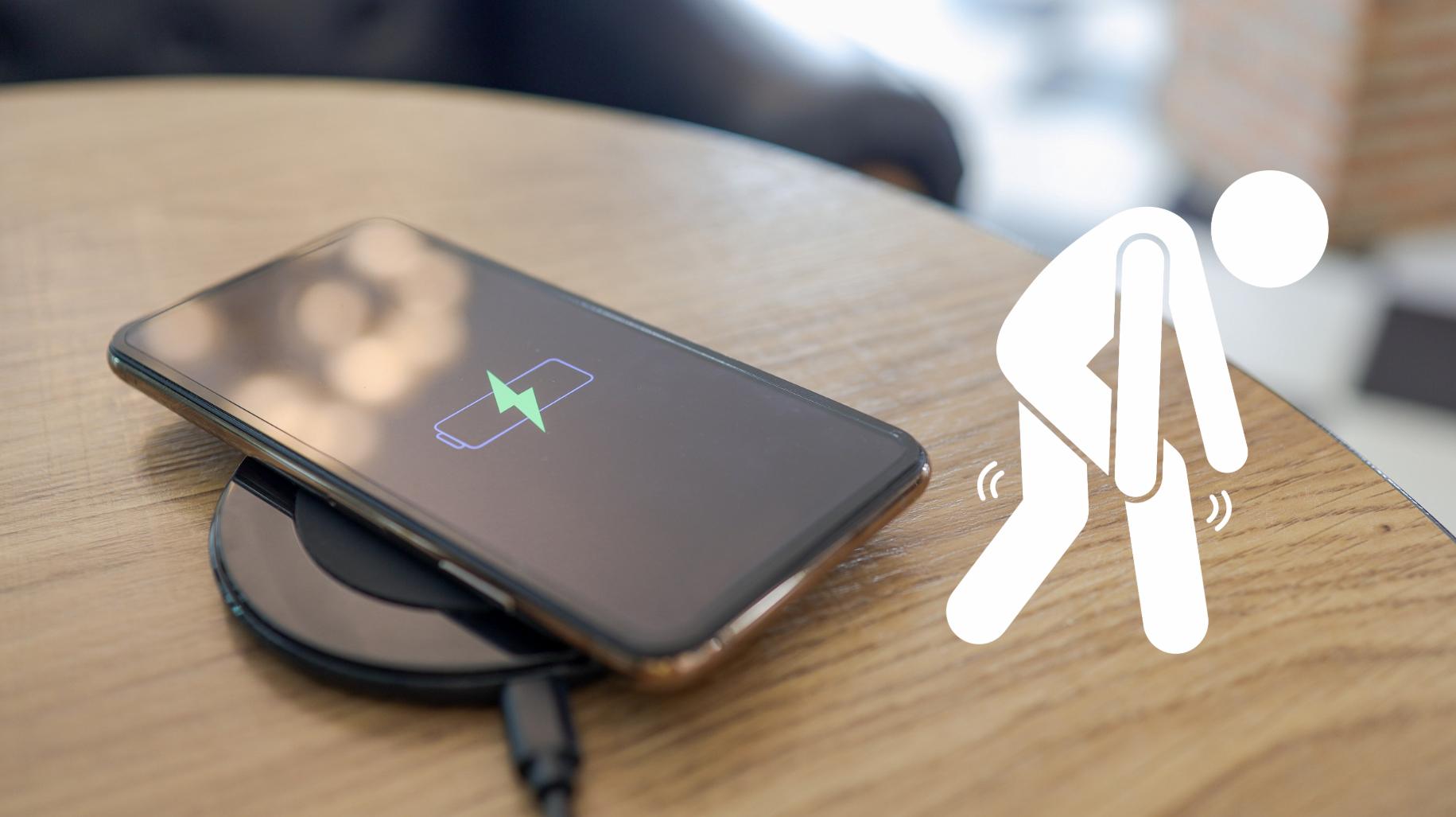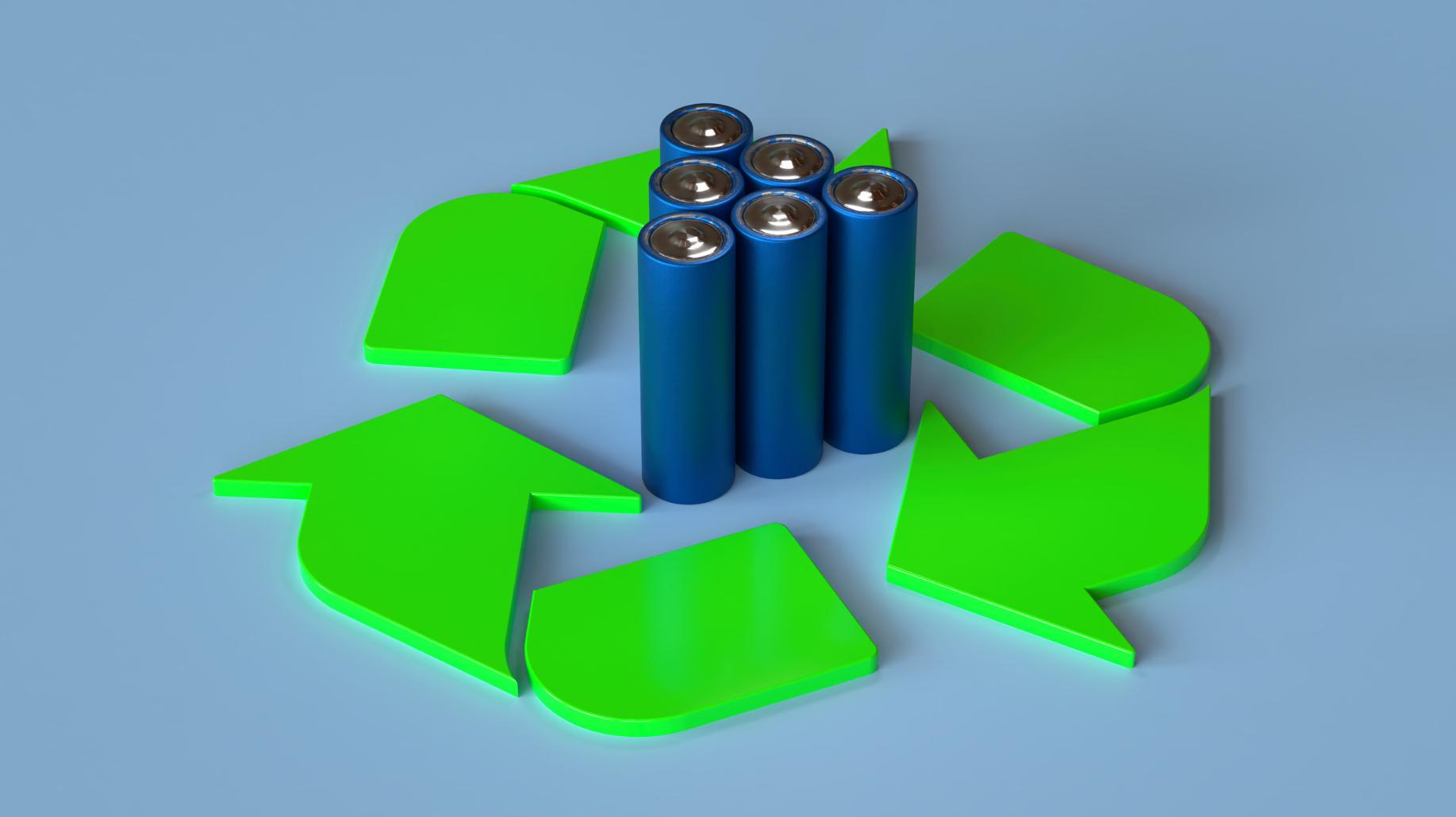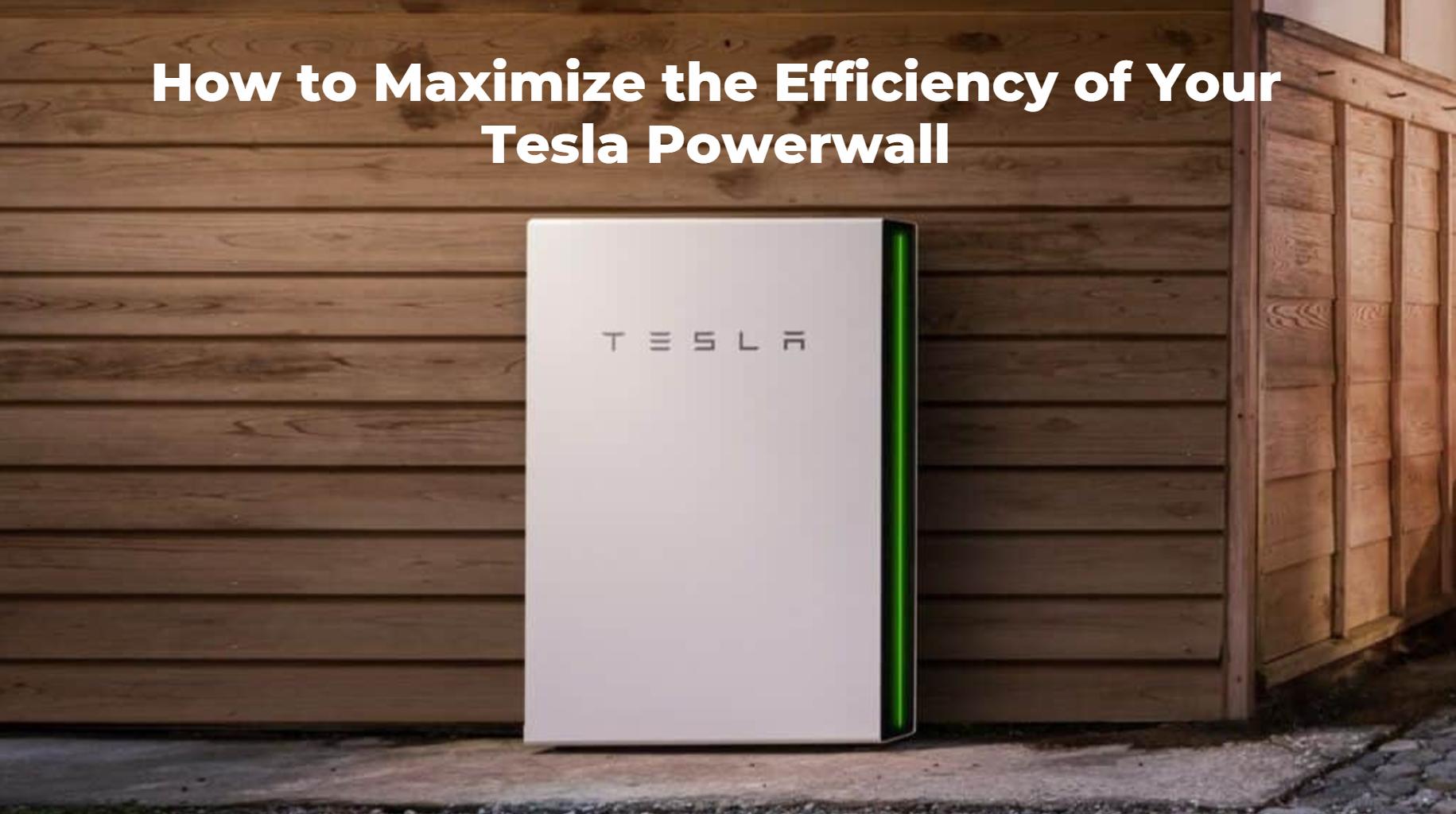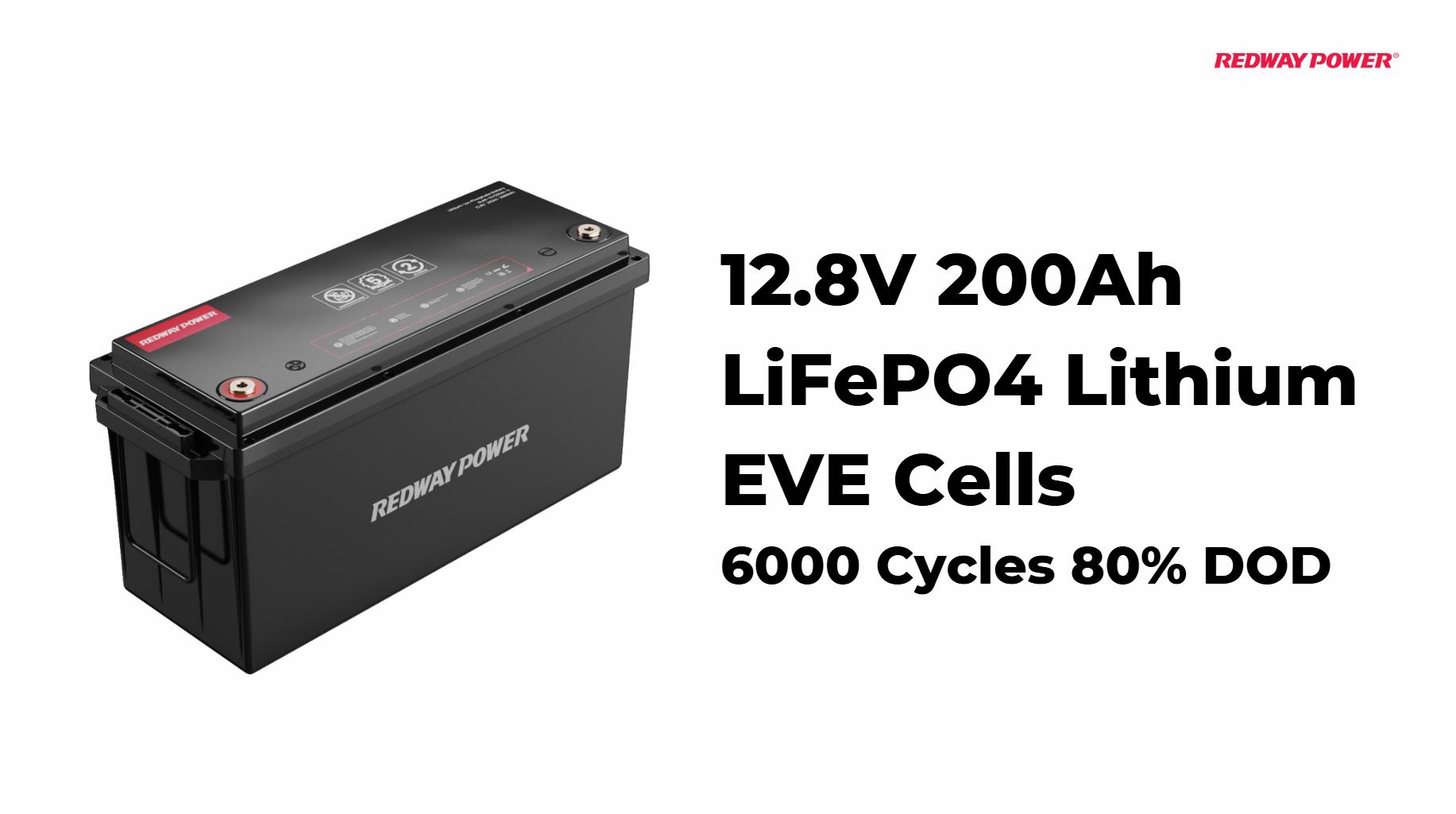Why Sodium Batteries Could Be the Future of Energy Storage
Sodium batteries, particularly sodium-ion batteries, are emerging as a promising alternative to traditional lithium-ion batteries. They utilize sodium, an abundant and inexpensive resource, which could lead to more sustainable energy storage solutions. With advancements in technology, sodium batteries may offer competitive performance while addressing some of the environmental concerns associated with lithium mining.
Advantages of Sodium Batteries Over Lithium
Sodium batteries present several advantages compared to their lithium counterparts:
- Abundance and Cost: Sodium is more abundant than lithium, making it cheaper and more sustainable.
- Safety: Sodium-ion batteries generally exhibit better thermal stability, reducing the risk of fires.
- Environmental Impact: The extraction and processing of sodium have a lower environmental footprint compared to lithium.
| Advantage | Sodium Batteries | Lithium Batteries |
|---|---|---|
| Resource Availability | Abundant and inexpensive | Scarce and costly |
| Safety | Higher thermal stability | Risk of thermal runaway |
| Environmental Impact | Lower extraction footprint | Significant environmental concerns |
Current Challenges Facing Sodium Battery Technology
Despite their advantages, sodium batteries face several challenges that must be addressed:
- Energy Density: Currently, sodium-ion batteries have lower energy densities compared to lithium-ion batteries, which limits their use in high-performance applications.
- Cycle Life: The lifespan of sodium batteries is generally shorter, with ongoing research needed to improve their durability.
- Performance: There are still issues related to the efficiency of charge and discharge cycles.
Applications of Sodium Batteries in Various Sectors
Sodium batteries are being explored for various applications:
- Electric Vehicles (EVs): While not yet mainstream, they hold potential for low-cost EVs due to their affordability.
- Energy Storage Systems: Their ability to store renewable energy makes them suitable for grid applications.
- Consumer Electronics: As technology improves, sodium batteries could replace lithium in devices like smartphones and laptops.
Market Outlook for Sodium Batteries
The market for sodium batteries is expected to grow significantly in the coming years. Analysts predict that production capacity could reach 335 GWh by 2030, with increasing interest from manufacturers due to the potential cost savings associated with using abundant materials.
| Year | Projected Production Capacity (GWh) |
|---|---|
| 2025 | 10 |
| 2030 | 335 |
Latest News on Sodium Battery Developments
Recent advancements in sodium battery technology have highlighted its potential for rapid charging capabilities and improved cycle life. Researchers have developed new materials that enhance conductivity and energy storage, making these batteries more viable for commercial applications. Companies like CATL are investing heavily in this technology, signaling a shift towards broader adoption.
Expert Comment on the Future of Sodium Technology
Sodium-ion technology represents a significant step forward in sustainable energy storage,” says Dr. Alex Thompson, a battery technology expert. “As we address the challenges related to energy density and cycle life, we could see sodium batteries become a mainstream option alongside lithium-ion solutions.”
Frequently Asked Questions
Q1: What are sodium batteries?
A1: Sodium batteries use sodium ions as charge carriers instead of lithium ions, offering a potentially more sustainable alternative for energy storage.Q2: What are the advantages of using sodium over lithium?
A2: Sodium is more abundant and cheaper than lithium, providing better thermal stability and a lower environmental impact during extraction.Q3: What challenges do sodium batteries face?
A3: Key challenges include lower energy density compared to lithium-ion batteries, shorter cycle life, and performance issues that need further research.






